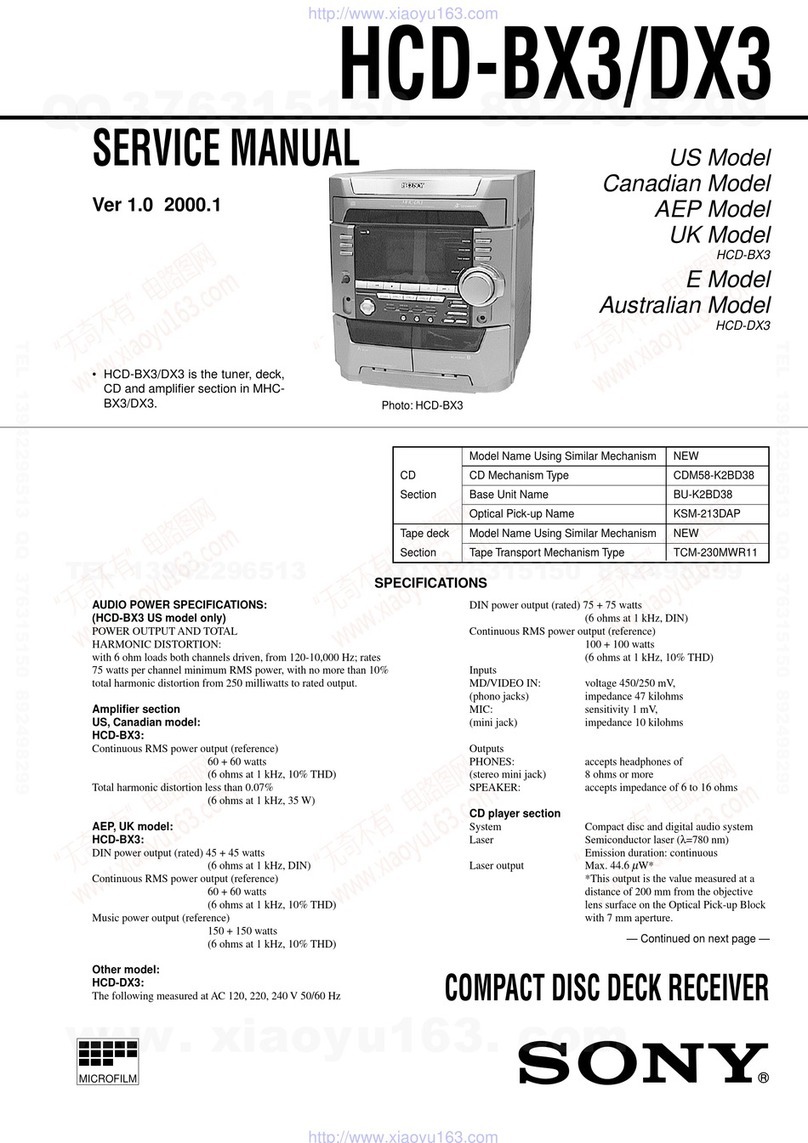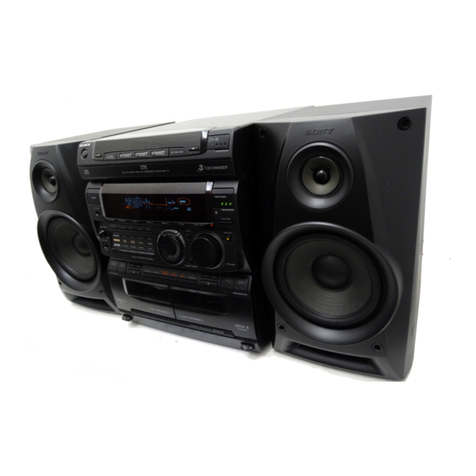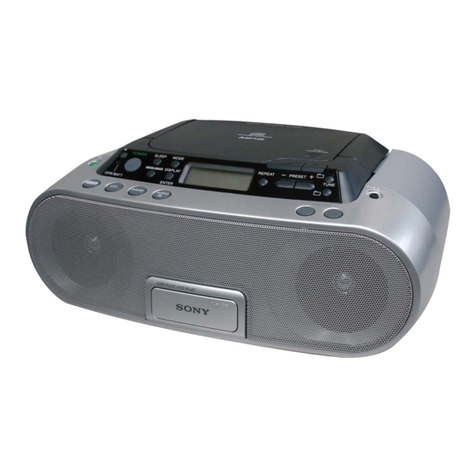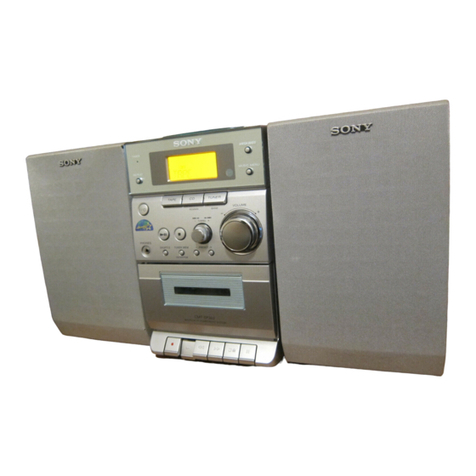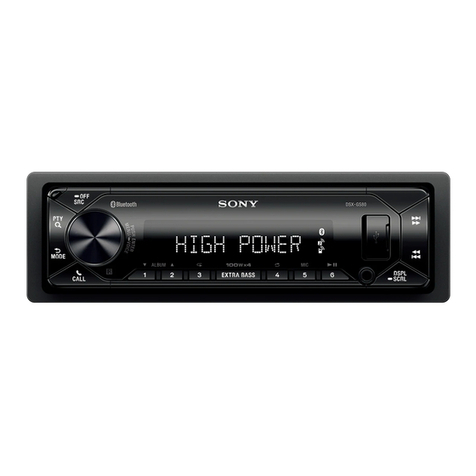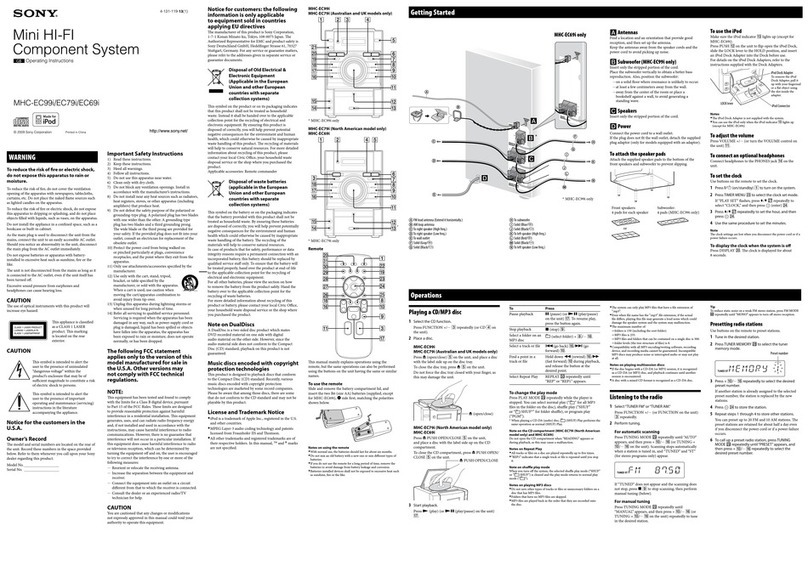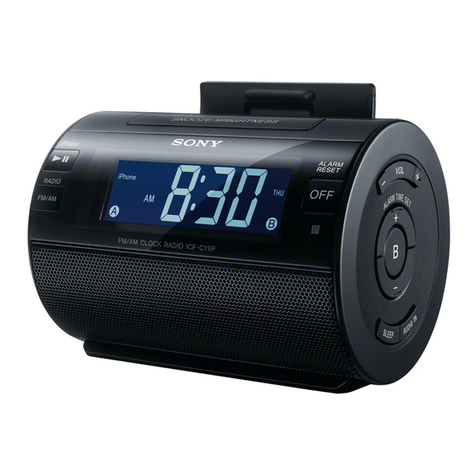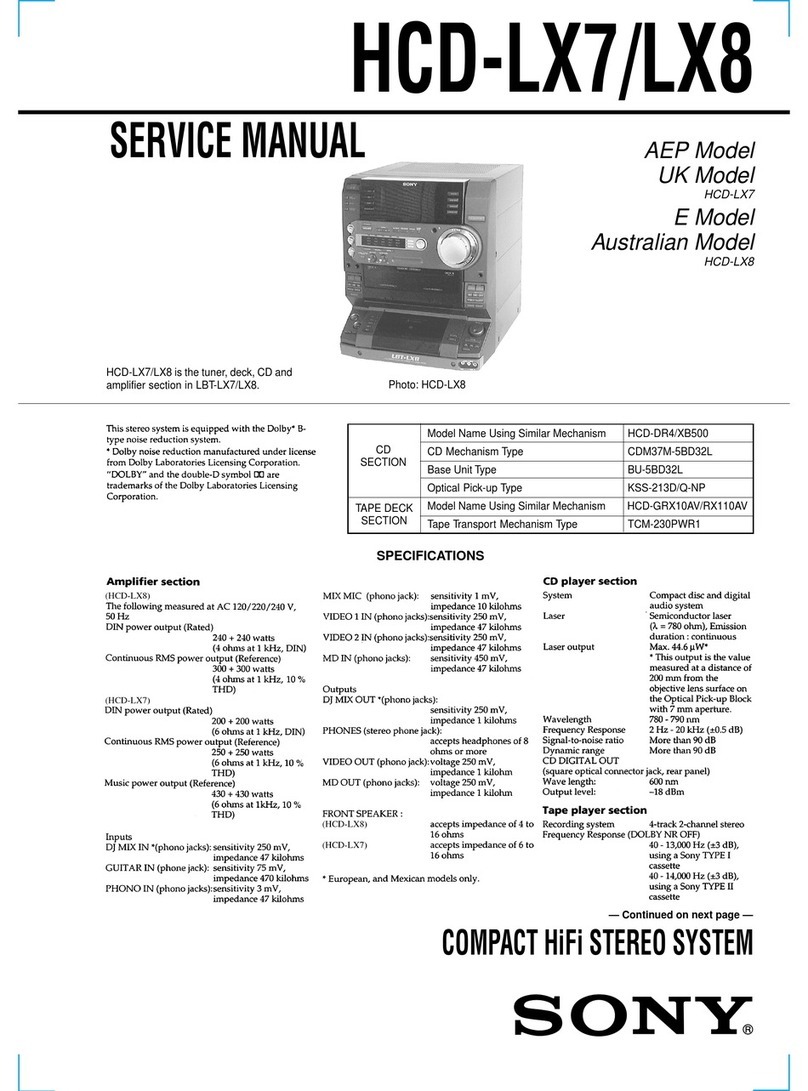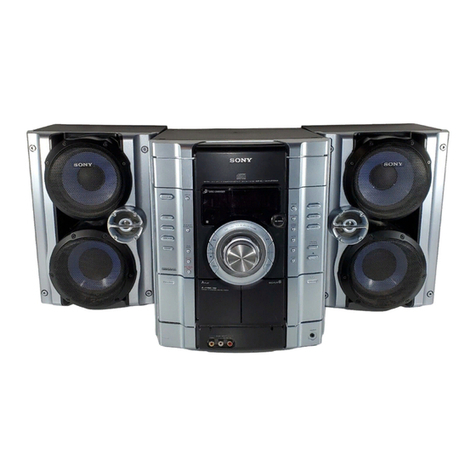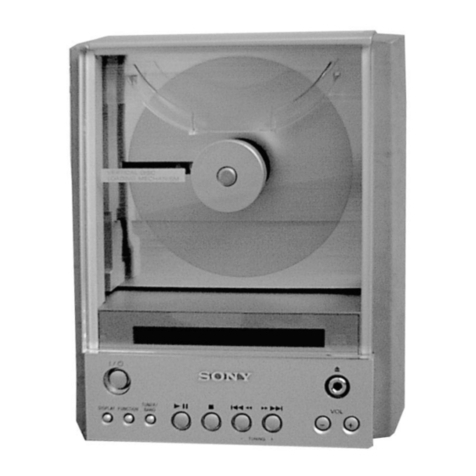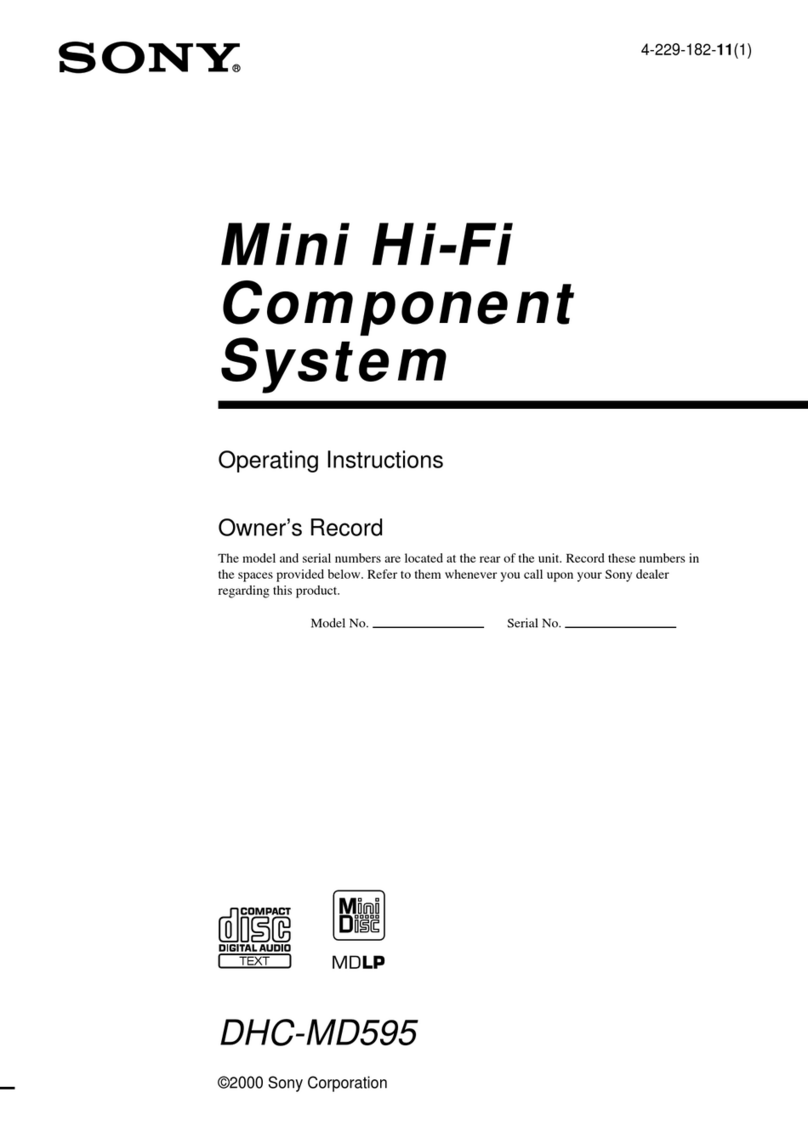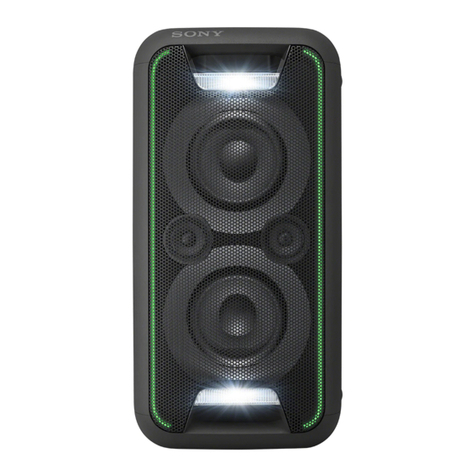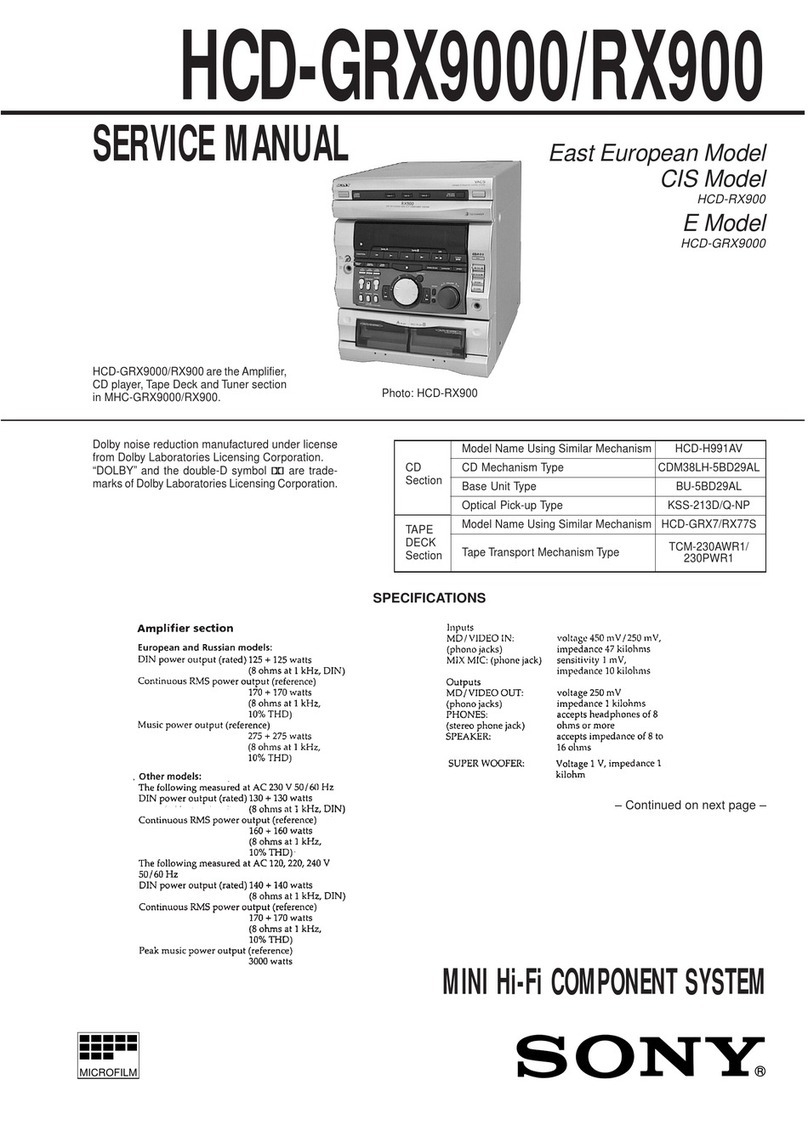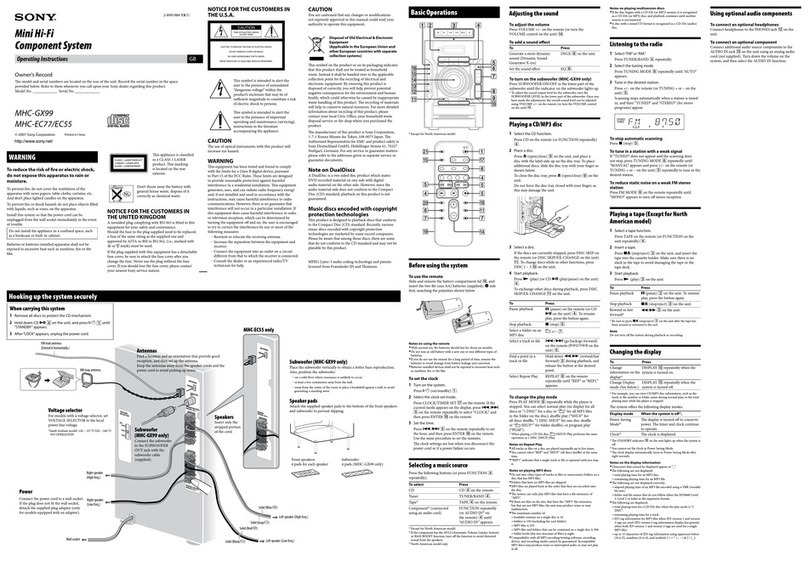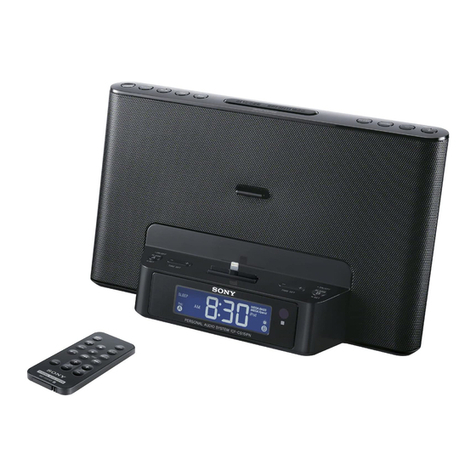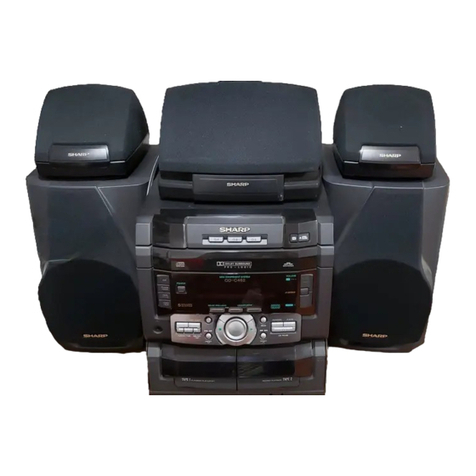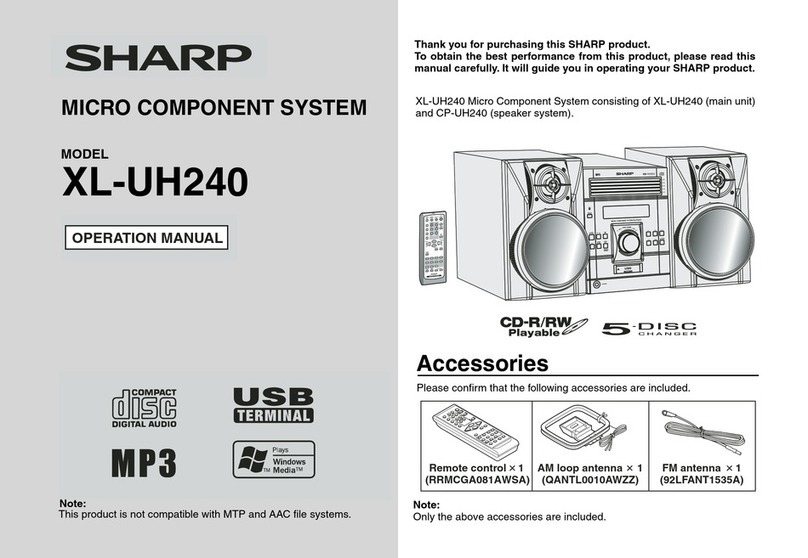
3
HCD-M70
CAUTION
Use of controls or adjustments or performance of procedures
other than those specified herein may result in hazardous ra-
diation exposure.
This appliance is classified as a CLASS 1 LASER product.
The CLASS 1 LASER PRODUCT MARKING is located on
the rear exterior.
Laser component in this product is capable of emitting radiation
exceeding the limit for Class 1.
The following caution label is located inside the unit.
CAUTION :
INVISIBLE LASER RADIATION WHEN OPEN AND
INTERLOCKS DEFEATED. AVOID EXPOSURE TO BEAM.
ADVARSEL :
USYNLIG LASERSTRÅLING VED ÅBNING NÅR
SIKKERHEDSAFBRYDERE ER UDE AF FUNKTION. UNDGÅ UDSAETTELSE
FOR STRÅLING.
VORSICHT :
UNSICHTBARE LASERSTRAHLUNG, WENN
ABDECKUNG GEÖFFNET UND SICHEREITSVERRIEGELUNG
ÜBERBRÜCKT. NICHT DEM STRAHL AUSSETZEN.
VARO!:
AVATTAESSA JA SUOJALUKITUS OHITETTAESSA OLET ALT-
TIINA NÄKYMÄTTÖMÄLLE LASERSÄTEILYLLE. ÄLÄ KATSO SÄTEESEEN.
VARNING :
OSYNLING LASERSTRÅLING NÄR DENNA DEL ÄR ÖPPNAD
OCH SPÄRREN ÄR URKOPPLAD.BETRAKTA EJ STRÅLEN.
ADVERSEL :
USYNLIG LASERSTRÅLING NÅR DEKSEL ÅPNES OG
SIKKERHEDSLÅS BRYTES. UNNGÅ EKSPONERING FOR STRÅLEN.
VIGYAZAT!:
A BURKOLAT NYITÁSAKOR LÁTHATATLAN LÉZERSU-
GÁRVESZÉLY!KERÜLJE A BESUGÁRZÁST!
Notes on chip component replacement
•Never reuse a disconnected chip component.
•Notice that the minus side of a tantalum capacitor may be dam-
aged by heat.
Flexible Circuit Board Repairing
•Keep the temperature of the soldering iron around 270 ˚C dur-
ing repairing.
•Do not touch the soldering iron on the same conductor of the
circuit board (within 3 times).
•Be careful not to apply force on the conductor when soldering
or unsoldering.
TABLE OF CONTENTS
1. SERVICING NOTES ............................................... 4
2. GENERAL ................................................................... 5
3. DISASSEMBLY
3-1. Disassembly Flow ........................................................... 6
3-2. Panel (Side) (L), Panel (Side) (R) .................................. 7
3-3. Top Panel Section............................................................ 7
3-4. Mechanical Deck (Tape) ................................................. 8
3-5. Front Panel Section ......................................................... 8
3-6. Back Panel Assy .............................................................. 9
3-7. MAIN Board ................................................................... 9
3-8. CD Mechanism Deck (CDM55F-K6BD41A)................ 10
3-9. Base Unit (BU-K6BD41A)............................................. 11
3-10. Loading Board................................................................. 11
3-11. Cam (CDM55) ................................................................ 12
4. TEST MODE.............................................................. 13
5. ELECTRICAL ADJUSTMENTS
Deck Section ................................................................... 13
CD Section ...................................................................... 13
6. DIAGRAMS
6-1. Block Diagram – CD SERVO Section – ....................... 14
6-2. Block Diagram – TUNER/TAPE DECK Section – ...... 15
6-3. Block Diagram – MAIN Section – ................................ 16
6-4. Note for Printed Wiring Boards and
Schematic Diagrams ....................................................... 17
6-5. Printed Wiring Board – CD Board – ............................. 18
6-6. Schematic Diagram – CD Board – ................................ 19
6-7. Printed Wiring Board – TC Board – .............................. 20
6-8. Schematic Diagram – TC Board –................................. 21
6-9. Schematic Diagram – MAIN Board (1/2) – .................. 22
6-10. Schematic Diagram – MAIN (2/2)/JACK Boards –...... 23
6-11. Printed Wiring Boards – MAIN/JACK Boards – .......... 24
6-12. Printed Wiring Boards
– CONTROL/LOADING/VIDEO Boards – .................. 26
6-13. Schematic Diagram – CONTROL/LOADING/
SWITCH (1/2)/VIDEO Boards – ................................... 27
6-14. Printed Wiring Board – SWITCH Board – ................... 28
6-15. Schematic Diagram – SWITCH Board (2/2) – ............. 29
6-16. Printed Wiring Board – POWER Board – ..................... 30
6-17. Schematic Diagram – POWER Board –........................ 31
6-18. IC Pin Function Description ........................................... 34
7. EXPLODED VIEWS
7-1. Panel (Side) Section ........................................................ 36
7-2. Front Panel Section ......................................................... 37
7-3. Top Panel Section............................................................ 38
7-4. Chassis Section-1 ............................................................ 39
7-5. Chassis Section-2 ............................................................ 40
7-6. CD Mechanism Deck (CDM55F-K6BD41A)................ 41
7-7. Base Unit (BU-K6BD41A)............................................. 42
8. ELECTRICAL PARTS LIST ............................... 43
